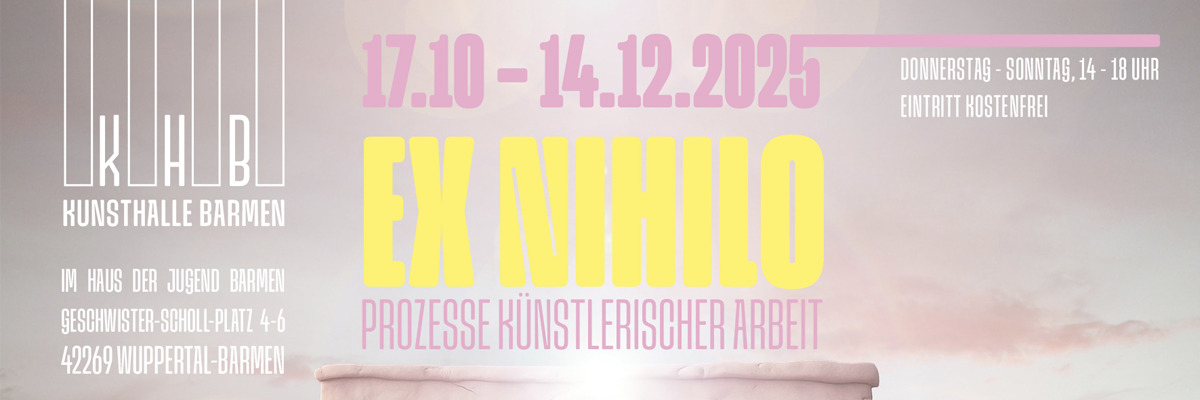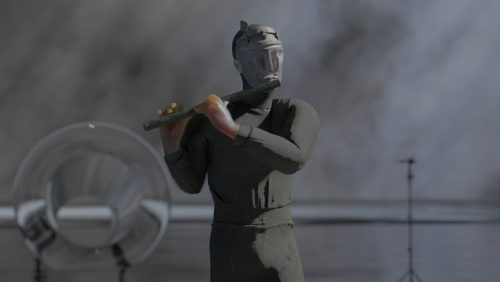
Younes Baba-Ali, Lucile Bertrand, Cathryn Boch, Michèle Magema
Diffracted Self
Project Info
- 💙 Irène Laub Gallery
- 🖤 Younes Baba-Ali, Lucile Bertrand, Cathryn Boch, Michèle Magema
- 💜 Cécile Bourne-Farrell
- 💛 Hugard & Vanoverschelde
Share on

Exhibition view of Diffracted Self, Irène Laub Gallery, Brussels (BE), 2024
Advertisement

Exhibition view of Diffracted Self, Irène Laub Gallery, Brussels (BE), 2024

Exhibition view of Diffracted Self, Irène Laub Gallery, Brussels (BE), 2024

Exhibition view of Diffracted Self, Irène Laub Gallery, Brussels (BE), 2024

Exhibition view of Diffracted Self, Irène Laub Gallery, Brussels (BE), 2024

Exhibition view of Diffracted Self, Irène Laub Gallery, Brussels (BE), 2024

Exhibition view of Diffracted Self, Irène Laub Gallery, Brussels (BE), 2024

Cathryn Boch, Untitled, 2019, Mediterranean maritime map, topographic map, collage paper, plastic, ball, wire, pins, 91 x 41 x 22 cm

Cathryn Boch, Méditerranée, 2020, door curtain with plastic straps, aerial view digital print on plastic, machine sewing, hand sewing, Recto-Verso, orange buoy on the ground, 132 x 77 x 5 cm
The exhibition ‘Diffracted Self’ prompts a reflection on the stakes brought about by memory, identity, and exposure in a world stained by conflicts. In the face of these troubling realities, our understanding of the world often seems to be diffracted, as if we were the witnesses of intertwining historic and contemporary resonances.
Four artists explore this complex theme each in their own way, highlighting the memory of people rendered invisible by unresolved geopolitical conflicts. The works of Lucile Bertrand, Michèle Magema, Cathryn Boch and Younes Baba-Ali make us question our relationship to history and to the Other, all the while reminding us of the importance to give visibility to what often remains in the shadows.
Lucile Bertrand, through her polymorphic corpus, engages the viewer with her video titled ‘amnesia’. By using a split screen process, she presents texts in twelve languages written by authors who share a traumatic past. These written accounts raise profound questions about voluntary forgetting and denial of extreme violent acts such as genocides and land grabs. Lucile Bertrand reflects on the recollection of localities left behind and, on the difficulty to remember when the access to archives and to one’s homeland is lost. How to render the invisible visible and heal traumas? These interrogations resonate with Ariella Aïsha Azoulay’s concern that access to the archives of memory is a power struggle.1
Michèle Magema presents Invisible Portraits, a series of five black-and-white photographs in which the artist stages herself with the performative intention of embodying the individual histories of five men and women of Congolese origin by wearing the plaster imprint of their faces on her own. Born between 1950 and 1960, their lives have been marked by exile and the need to assimilate in their host countries. By wearing the faces of individuals that she associates with a « borderline generation – a hyphenated generation », Magema becomes the unifying link between these different silent identities.
Social injustice and the invisibility of migrants are also central to the work of Cathryn Boch. She examines ways in which our society organises an underestimation through indifference which invalidates the process of recognition necessary to personal emancipation. Cathryn Boch is active in collectives which support migrant women, seeking to render visible what is often rendered invisible. She reminds us that « denying the other his social visibility means denying him social value »2. This determination to confer visibility to those who are relegated to the margins is essential in a world where indifference has destructive effects.
Lastly, Younes Baba-Ali explores themes of hyper-visibility and identity through his performative stagings. In his series of portraits, he photographs migrants wearing clothes with the inscription « Italia » or the Italian flag. The clothing choice becomes a form of desire, conscious or not, of assimilation to the local culture. Younes Baba-Ali brings to light ways in which these identities are altered and diffracted, revealing tensions between aspiring to recognition and the harsh reality of capitalism and social indifference.
The four artists reveal the complexity of contemporary identities shaped by history and power plays. In a context where “peace seems to be the exception”3, the assertion of Susanne Sontag particularly resonates in our current time where conflicts are pervasive. If the artist’s role is not the one of the therapist or of the ethnologist, it resides in the ability to place acts in the gaps of reality by providing us with alternative emotional and cognitive associations to navigate the complexities of our times.
Cécile Bourne-Farrell




